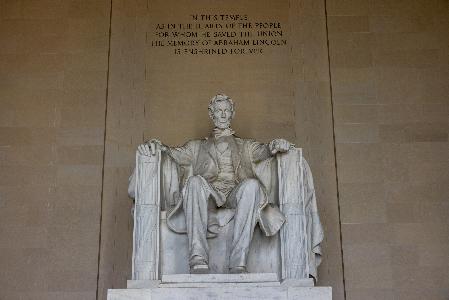In 2009, the current director of the Motion Light Lab (ML2) at Gallaudet University, Melissa Malzkuhn, painted a small, unused room in Chroma Key paint and put up a sign that said, “Motion Lab.”
“It was like putting up my sign on a treehouse and calling it a pirate ship,” she said.
ML2 is a one-of-a-kind research and development lab that is part of the bigger Science of Learning Center on Visual Language and Visual Learning (VL2). VL2 also includes the Brain and Language Lab (BL2) and the Early Education Literacy Lab (EL2).
ML2 is committed to the inquiry, “What makes learning fun?” and creates bilingual learning tools for Deaf children based on VL2’s research findings. To study the benefits of bilingualism, ML2 has a motion capture system and works closely with the Brain and Language Lab using eye tracking and fNIRS systems to study the visual attention, language activity and patterns in the brain. ML2 uses these research findings to create these bilingual learning tools.
For Deaf children, acquiring both American Sign Language (ASL) and English at an early age is necessary as it is the bridge to reading and writing skills. ML2 is also housed at a unique location — Gallaudet University, a bilingual university, and the only university for Deaf people and the signing community.
ML2’s learning tools include bilingual storybook apps such as The Baobab, The Blue Lobster, and The Boy Who Cried Wolf. The stories are told in both English and American Sign Language and contain original artwork and videos. ML2 will soon release “The Storybook Creator,” which is a template that would allow anyone to create their own bilingual storybooks regardless of programming skill or level. This means there will be more bilingual stories and content out there for Deaf children from more diverse creators.
Would you believe us if we told you they were looking at the same thing? #OculusRift pic.twitter.com/kOA61km1wM
— Motion Light Lab (@MotionLightLab) February 23, 2015
Another one of ML2’s current projects is creating an interactive, 3D ASL landscape.
This is more an approach to the future as screens are still flat and 2D, but we are having more and more 3D access. ASL is nonlinear and spatial.
“We should not think strictly in a linear form,” Malzkuhn said. “So I’m looking at space, design and lighting as ways of augmenting reality, to create a landscape for sign language. In short, Motion Light Lab is looking into interactivity, dialogue and gesture recognition technology to build an awesome way of learning visually.”
ML2’s bilingual learning tools are geared towards Deaf children, but all children can benefit from bilingualism, which studies show has many cognitive benefits. “ML2 wants all children to be literate and linguistically fluent in ASL and English,” said Malzkuhn. ML2’s bilingual learning tools are creating more accessible and interactive opportunities for children to learn ASL so they can reap the benefits of bilingualism.
Join the conversation!
Find news, events, jobs and people who share your interests on Technical.ly's open community Slack

DC daily roundup: Washington Post's AI collab; a greentech glossary; Halcyon's debut Climate Fellowship cohort

DC daily roundup: Inside UMCP's new ethical AI project; HBCU founder excellence; a big VC shutters MoCo office

DC daily roundup: Esports at Maryland rec center; High schoolers' brain algorithm; Power data centers with coal?

